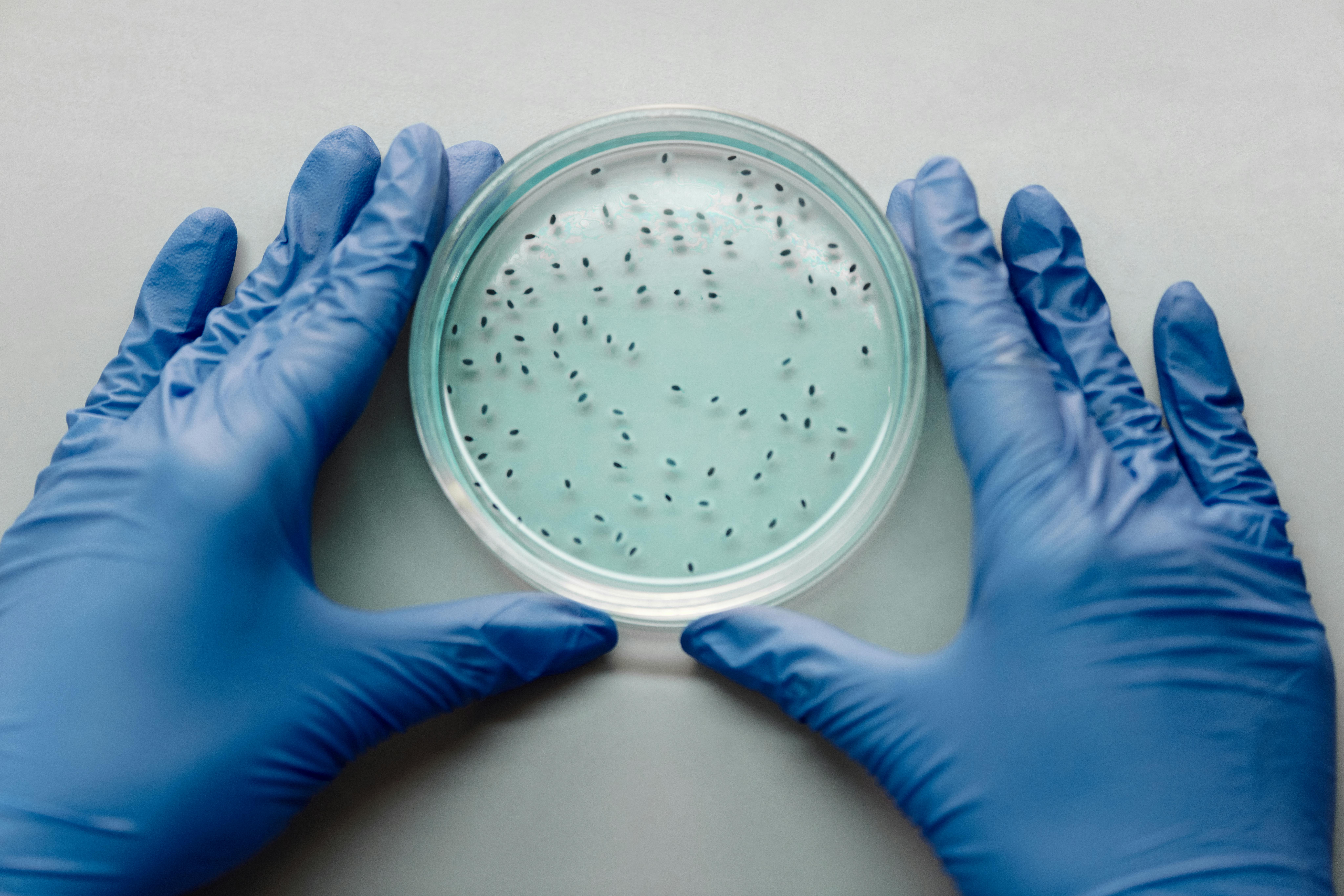In the archives of microbiology, few tools are as iconic and indispensable as the Petri dish. Invented by Julius Richard Petri in 1887, this simple yet revolutionary device laid the foundation for countless scientific breakthroughs. Petri, a German bacteriologist and assistant to the renowned Robert Koch, designed the dish to address the need for a standardized, controlled environment for microbial growth. Its transparency, simplicity, and adaptability made it a cornerstone of microbiological studies, enabling scientists to isolate and study microorganisms with unprecedented precision.
Originally, Petri dishes were sterilized glass containers used with solid media like agar. These early setups were labour-intensive, requiring manual preparation of media, sterilization of dishes, and careful handling to prevent contamination. Despite these challenges, the Petri dish became an indispensable tool for identifying pathogens, testing antibiotics, and understanding the microbial world.
Early Challenges in Media Preparation
In the late 19th and early 20th centuries, preparing microbial media was a painstaking process with difficulties. Scientists and technicians manually mixed ingredients like agar, nutrients, and water, often in small batches. This method was prone to inconsistencies, leading to variability in experimental results.
Contamination was another major issue. Without modern sterilization techniques, the risk of airborne or operator-induced contamination was high. Each preparation required meticulous attention to detail, making the process time-consuming and resource-intensive. These limitations underscored the need for innovations that could streamline media preparation and ensure reproducibility.
Technological Milestones
The evolution of Petri dishes and their associated media preparation underwent several key milestones that transformed microbiological practices:
- First Standardized Media Formulations By the early 20th century, researchers developed standardized recipes for microbial growth media, such as nutrient agar and blood agar. These formulations provided consistent results, paving the way for more reliable experimentation.
- Industrial Sterilization Techniques The advent of autoclaves and industrial sterilizers marked a significant leap forward. These devices allowed for the large-scale sterilization of media and equipment, drastically reducing contamination risks.
- Introduction of Pre-Sterilized Packaging By the mid-20th century, manufacturers began offering pre-sterilized Petri dishes and media components. This innovation saved time and improved laboratory efficiency, particularly in high-throughput environments like clinical diagnostics and pharmaceutical research.
Key Technological Breakthroughs
The journey from manual preparation to prefilled Petri dishes involved numerous technological breakthroughs:
- Advances in Microbial Growth Media Researchers refined growth media to support a wider range of microorganisms, including fastidious pathogens and extremophiles. Specialized media formulations enabled targeted studies, enhancing our understanding of microbial diversity.
- Precision Filling Technologies Automated filling systems revolutionized the production of prefilled Petri dishes. These machines dispensed media with remarkable accuracy, ensuring uniform depth and consistent quality across batches.
- Quality Control Innovations Modern manufacturing processes incorporated stringent quality control measures, including sterility testing, microbial load assessment, and environmental monitoring. These protocols ensured that prefilled dishes met rigorous industry standards.
Modern Era of Prefilled Petri Dishes
Today, prefilled Petri dishes represent the essence of convenience, reliability, and precision in microbiology. Automated manufacturing lines produce millions of dishes annually, catering to diverse industries such as healthcare, food safety, and environmental monitoring.
- Automated Manufacturing State-of-the-art facilities leverage robotics and artificial intelligence to optimize production. From media preparation to packaging, every step is automated to minimize human intervention and maximize efficiency.
- Specialized Media Formulations Manufacturers offer a vast array of media tailored to specific applications, such as detecting pathogens in food or identifying antibiotic-resistant bacteria. This specialization has expanded the utility of Petri dishes across disciplines.
- Global Standardization Efforts Organizations like ISO and CLSI have established standards for media quality and performance, ensuring consistency across international markets. These guidelines have facilitated global collaboration and data comparability.
Outlook
As technology continues to advance, the future of prefilled Petri dishes promises exciting possibilities:
- Emerging Technologies Innovations such as 3D printing and microfluidics could enable the production of customizable Petri dishes with unique geometries and functionalities.
- Potential for Further Customization Personalized media formulations could cater to niche research needs, while modular designs may allow users to combine different media types in a single dish.
- Integration with Digital Monitoring Systems The integration of sensors and IoT technologies could transform Petri dishes into smart devices capable of real-time monitoring. Features like automated colony counting and data logging could enhance efficiency and accuracy in research and diagnostics.
The evolution of prefilled Petri dishes reflects the broader trajectory of scientific progress: from manual craftsmanship to automated precision, from local experimentation to global standardization. These innovations have not only enhanced laboratory efficiency but also expanded the horizons of microbiological research. As we look to the future, the humble Petri dish continues to inspire and enable discoveries that shape our understanding of the microbial world.


